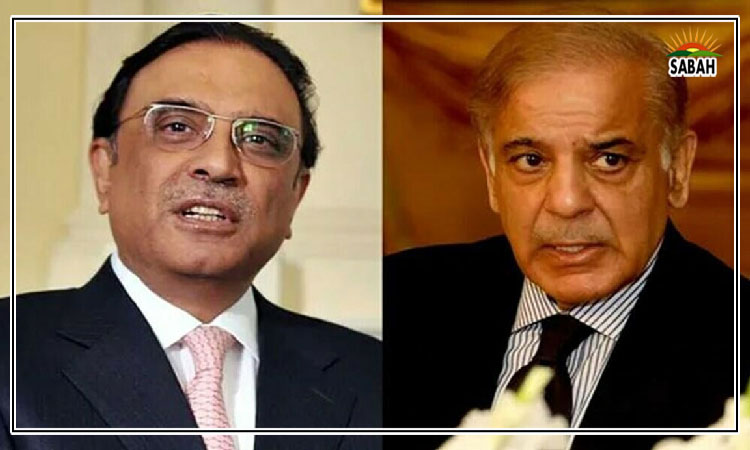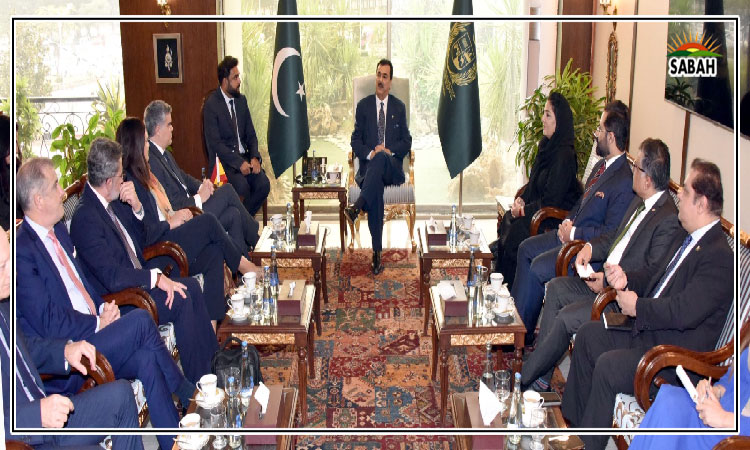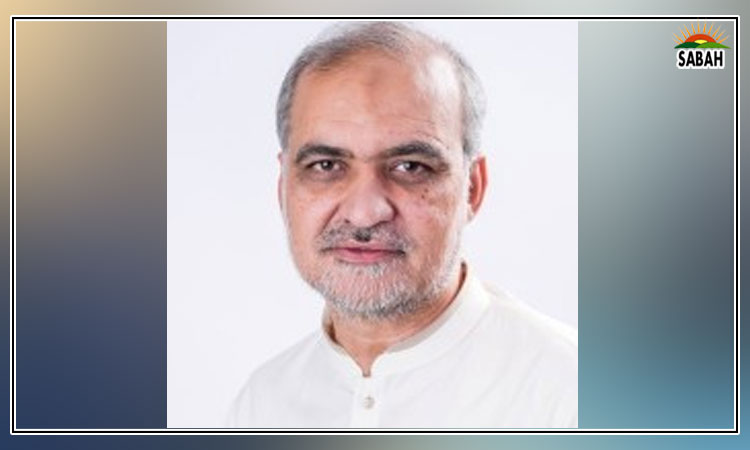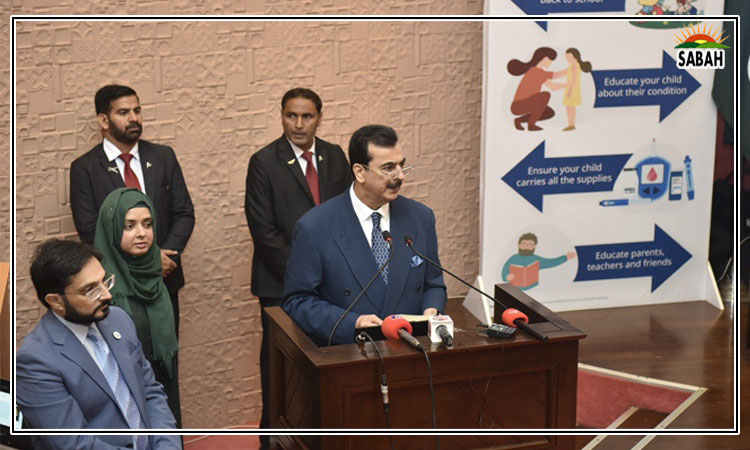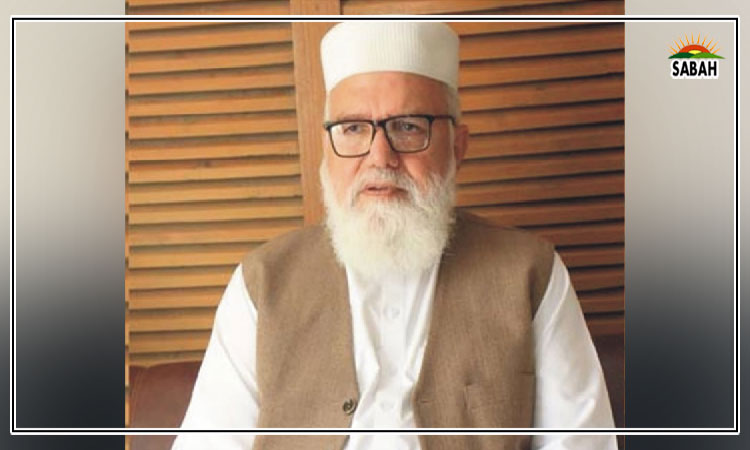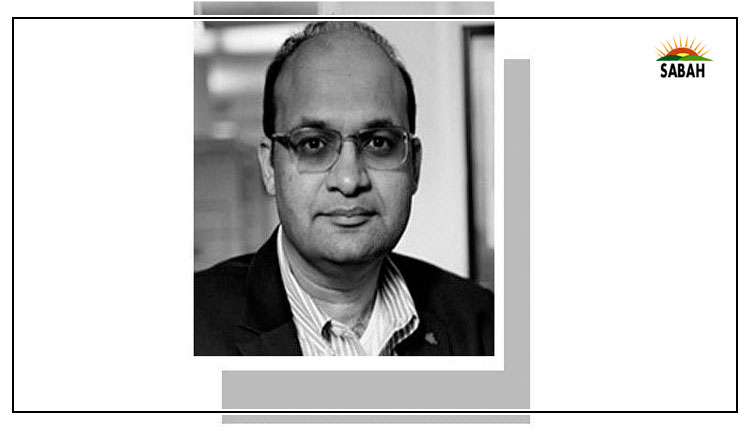Human capital disaster…Faisal Bari
THE World Bank recently launched the Human Capital Review report for Pakistan in Karachi and Islamabad. The headlines of the report were not a surprise: Pakistans Human Capital Index is below even the South Asian average. Our comparison group is some of the countries in Sub-Saharan Africa.
Our population growth is still too high, too many children die in infancy, too many mothers die in maternity or are malnourished, too many children grow up malnourished or stunted, 23 million children aged 5-16 years remain out of school, most children get poor quality education, skill programmes do not exist for most children, and people do not have access to safe drinking water and decent waste disposal facilities. This is all we know and have known for quite some time.
What the report does quite well is then to go into the details of what these headlines mean. It gives plenty of good examples and infographics to make the headlines come alive for readers. I think this is important for Pakistanis to see: sometimes we get desensitised when we keeping hearing 23m children are out of school and do not fully realise what it means for these children, their families and the country.
The report also does a good job of telling us what some of the consequences and implications of the current state of human capital are. Though we also know these, again, it is good to be given specifics.
With the population growth that we have and no policies for curbing population growth rates, and in the absence of any priority accorded to it, we are looking at a country that will not be able to provide for the basic needs of most of its population. Pakistan is one of the countries that is very vulnerable to climate change.
We are seeing some consequences of it (shifting of rain patterns, floods, shifting of temperature peaks, etc) and we are already a food importing country. If we have a much larger population to feed while our agriculture becomes even more vulnerable, we can imagine what is going to happen to food security for most people in the country.
When we have more people, we need more of everything. For younger populations, we need schools. We have not been able to achieve any enrolment-related education targets ever; even today we have not achieved 100 per cent enrolment at the primary level. How are we going to educate a population that keeps growing?
With malnourishment at 40pc in our children, how much of our childrens potential is being destroyed? What kind of adults are they going to grow into? What will they be able to do for themselves, their families and the country? What sort of next generation are they going to produce (considering malnutrition in one generation impacts the next generation)?
The report brings out the human capital disaster that we are and what we are headed towards. While the World Bank has to use diplomatic language to deliver difficult messages, we do not have to be diplomatic.
We should say it starkly and understand it clearly. We are a human capital disaster, and unless government and state policies change radically and permanently and right away, there will be serious consequences for the viability and sustainability of this country.
It should also be kept in mind that the political and economic crises that we are seeing currently are also being caused by dynamics that are driven by the human capital crisis. If we think solving the political and economic crises should be the priority and we do not address the human capital crisis, these other crises are going to keep coming back.
The World Bank staff, in their presentations and in subsequent discussions, were also diplomatic and appreciated the efforts governments have been making in the area of human capital. But given the state we are in with our human capital indicators the worst in the region and among the worst in the world, and definitely not in line with the comparator countries if the comparator is decided on the basis of per capita income and other economic variables how can one be anything but alarmed? And how can the blame not be put on the governments of the last many decades?
The problem is not new either. So, it is not one government or political party that has led us here. Economic experts and commentators writing in the 1980s were also talking of the same issues. Pakistan was behind on its human development indicators. William Easterlys article Growth without development is worth reading in this regard. The issue is with our political economy.
Those in power across the political, bureaucratic, establishment and economic spectrum call them elites or whatever you like have no interest in investing in the larger population. Their model of governance is one of exploitation and extraction. For them, most of the population of the country and there is plenty of it is quite expendable as long as they are able to extract something out of them. Why would they spend resources on their development?
The result shows in our policies. Though we have heard the rhetoric about the importance of health and education by every government without fail, when have we spent more than 2pc odd of our GDP on either? Never. It is not a surprise then that we are where we are: 23 million out-of-school children, about 45pc of enrolled children going to private schools, and most of the children in school getting poor quality education.
Sugar coating aside, we are a human capital disaster. And we are going to be in even more trouble if we do not change direction radically and immediately. Policies of previous governments created this disaster and the current government is doing the same. The hope for major change, given our political economy issues amply on display at present, is slim.
The writer is a senior research fellow at the Institute of Development and Economic Alternatives, and an associate professor of economics at Lums.
Courtesy Dawn


